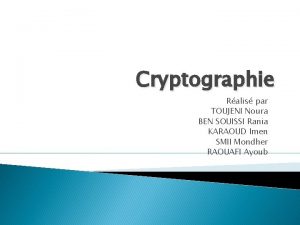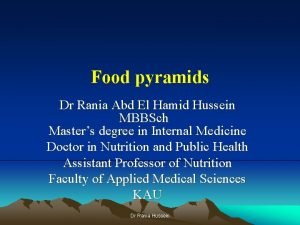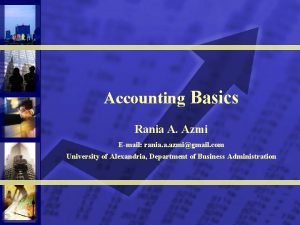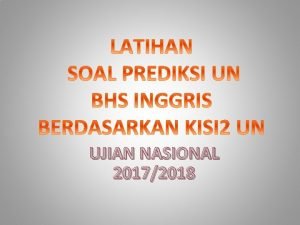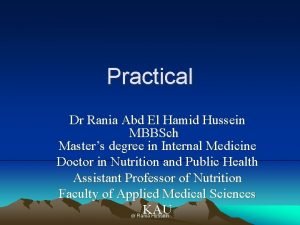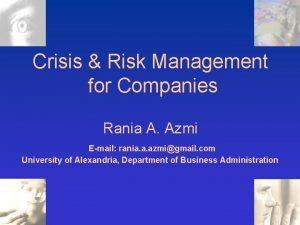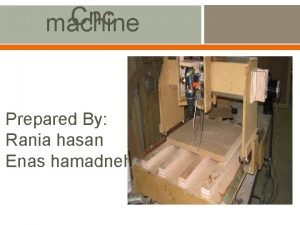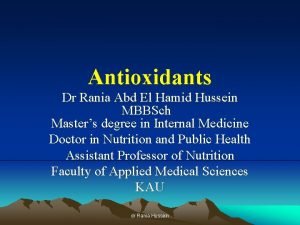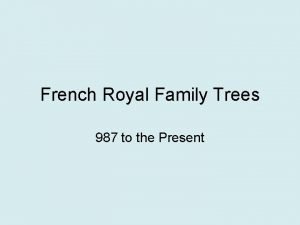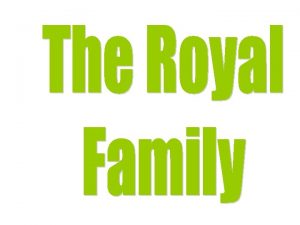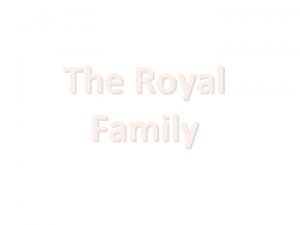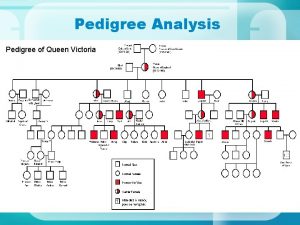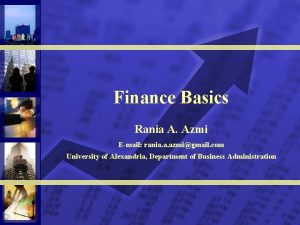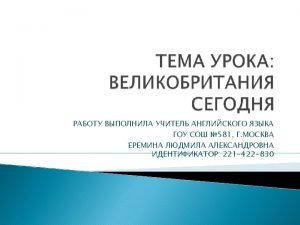Queen Rania Family Child Center Child Safety Program

















- Slides: 17

Queen Rania Family & Child Center/ Child Safety Program/ Jordan River Foundation

Queen Rania Family & Child Center (QRFCC) QRFCC is pioneering a new innovative approach to an Arab model of a community center, which provides integrated services and support to children and families.

QRFCC: An Ecological Model Society: NGO’s, & private sector, culture & legislation Local Community: community based services, schools Families Children & Youth

QRFCC Approach • • • Community Based Center Holistic Services Combating Child Abuse Strengthen Family Unit Comprehensive & Integrated Services Partners with Local Community

QRFCC Programs: Translating Child Rights into Practice

QRFCC Programs: Translating Child Rights into Practice • QRFCC ensures that children’s rights are secured during implementation measures, in accordance to the following core rights: • Survival and Development Rights • Protection Rights • Participation Rights

Survival & Development Rights • Delivering parenting programs that address various parenting needs and educate parents about children’s development. • Providing services and resources to families that ensure children’s full development. • Educating children about their rights. • Providing access to recreational activities for children.

Survival & Development Rights: Safe Learning Environments • QRFCC launched a national initiative, the “Safe Schools Project” to turn schools into safe environments for learning. • The Project aims to decrease abusive practices by combining awareness programs, parenting, children’s self- protection, and professional training to build and strengthen the skills of students, school staff and local community members.

Protection Rights • Empowering children & youth through interactive workshops. • Preventing abuse through parent education: programs equip parents with necessary skills that prevent child maltreatment. • Capacity building of professionals.

Participation Rights • Civic engagement & volunteerism • Planning & consulting with children and youth • Children advocating on the behalf of other children • Building the capacity of professionals in facilitating for the meaningful participation of children

Adherence to Guiding Principles • QRFCC adheres to the guiding principles offered in the CRC, as they provide the requirements for realizing the rights of children. • Non-discrimination and inclusion of marginalized groups is at the heart of QRFCC’s work: 1. Community Mobilization Unit 2. Advancing the Rights of Girls 3. Workshops for Differently-Abled persons.

Community Mobilization Unit: • The CMU establishes local community-based child safety committees across the Kingdom (lower socio-economic status). • The CMU aims to enhance the level of community awareness about child safety and activate the role of local communities in preventing child abuse.

Advancing the Rights of Girls: • Programs for Female Adolescents: Fit for Life, IT Training , Basic Life Skills, Reproductive Health, Arts & Puppet Making Workshop. • Safe Families Unit: a multi-disciplinary case management unit which serves domestic violence survivors and offenders.

Workshops for Differently-Abled persons: QRFCC involves differently-abled community members (children and mothers) in the center’s activities by tailoring the workshops to meet their needs.

Child Rights Advocacy & Training: • QRFCC shares its insights and supports advocacy efforts to improve the child protection system in Jordan by employing data collected during implementation of programs. • QRFCC trains and builds the capacity of professionals working in the area of Child Safety • QRFCC aims to expand enhance programbased partnerships with national organizations • QRFCC partners with various media outlets for advocacy efforts.

Designing programs that are rights-based while maintaining cultural relatedness: Community based interventions targeting children, youth, and parents Prevalent attitudes, concepts, and thus needs related to child safety are clear Positive attitudes/ supporting factors are utilized to negate negative attitudes and behaviors Piloting programs and amending according to community feedback Partnering with influential figures/ organizations based on different target groups (i. e. community and religious leaders)

Conclusions for Practice: • Strategies are developed in partnership with stakeholders ensuring maximum community participation. • Each program rises in response to a need that is identified through the implementation of programs or through an expressed need from the community. • Programs emerge from a genuine understanding of the community’s attitudes and conceptions, assimilating new concepts, and taking incremental steps towards promoting Child’s Rights.
 Mary queen of scots queen elizabeth family tree
Mary queen of scots queen elizabeth family tree Rania souissi
Rania souissi Dr rania hussein
Dr rania hussein Rania azmi
Rania azmi Dear.rania
Dear.rania Dr rania hussein
Dr rania hussein Moo zoo
Moo zoo Rania azmi
Rania azmi Conclusion cnc
Conclusion cnc Mbbsch
Mbbsch Queen victorias family tree
Queen victorias family tree Queen victoria family tree hemophilia
Queen victoria family tree hemophilia House of capet family tree
House of capet family tree Queen elizabeth ii family tree
Queen elizabeth ii family tree George v family tree
George v family tree Who lives buckingham palace
Who lives buckingham palace Pedigree chart of queen victoria
Pedigree chart of queen victoria What is catzoc
What is catzoc

